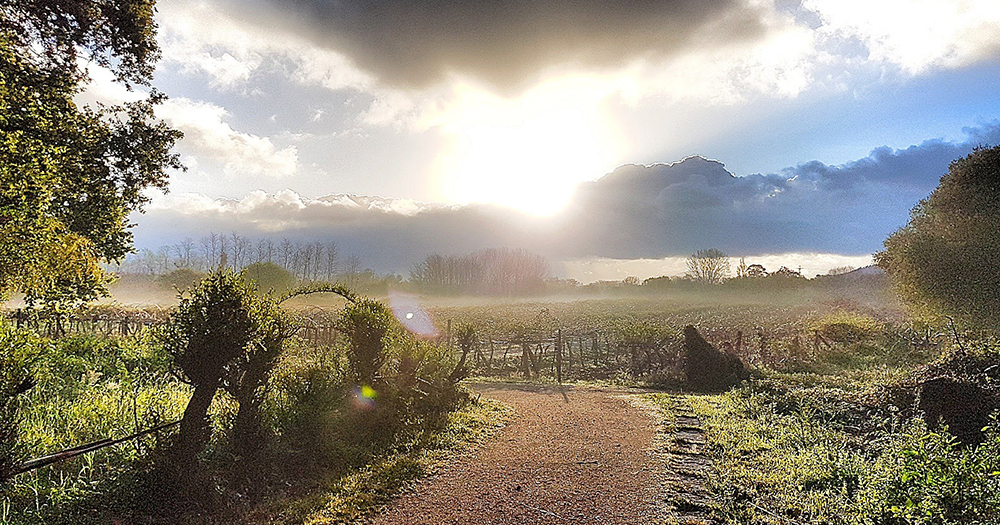It’s 9:30 am and my face and hair are saturated with morning dew. The mist is starting to clear and the sun has just started appearing over the rolling green hills of Galicia, bringing with it another warm September day.
I was going through my late 20s and felt like I needed a ‘wild’ moment, an lá Cheryl Strayed in her bestseller.
As I stroll through the farmland, taking in the stunning Spanish vistas for the last time, I pass one or two other walkers. We give each other a friendly, “Buen Camino!”
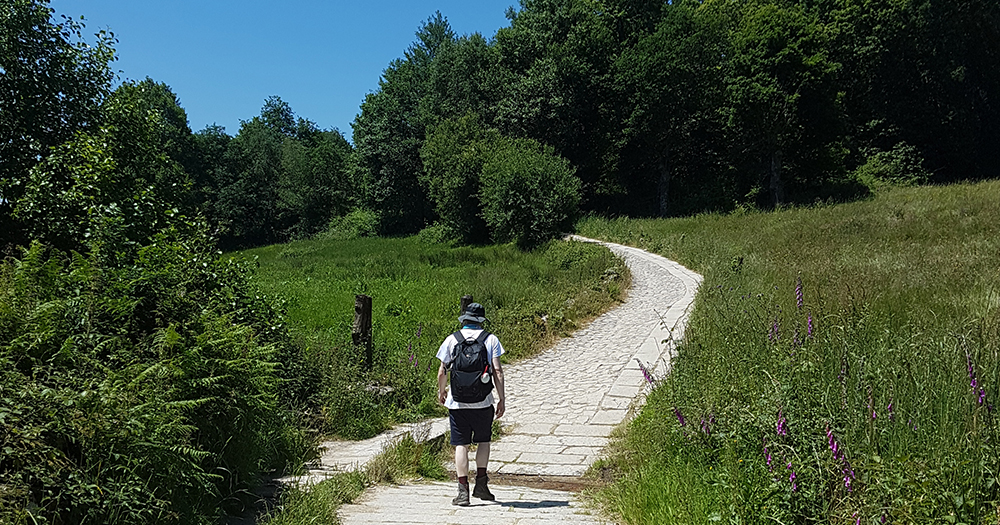
I’m about 15 kilometres outside of Santiago de Compostela – the reputed burial place of St James, an apostle to Jesus Christ. Millions of pilgrims have been walking this route for thousands of years. My motivations for doing the Camino de Santiago? Well, first off, I’m not religious, at all, nor am I ‘outdoorsy’.
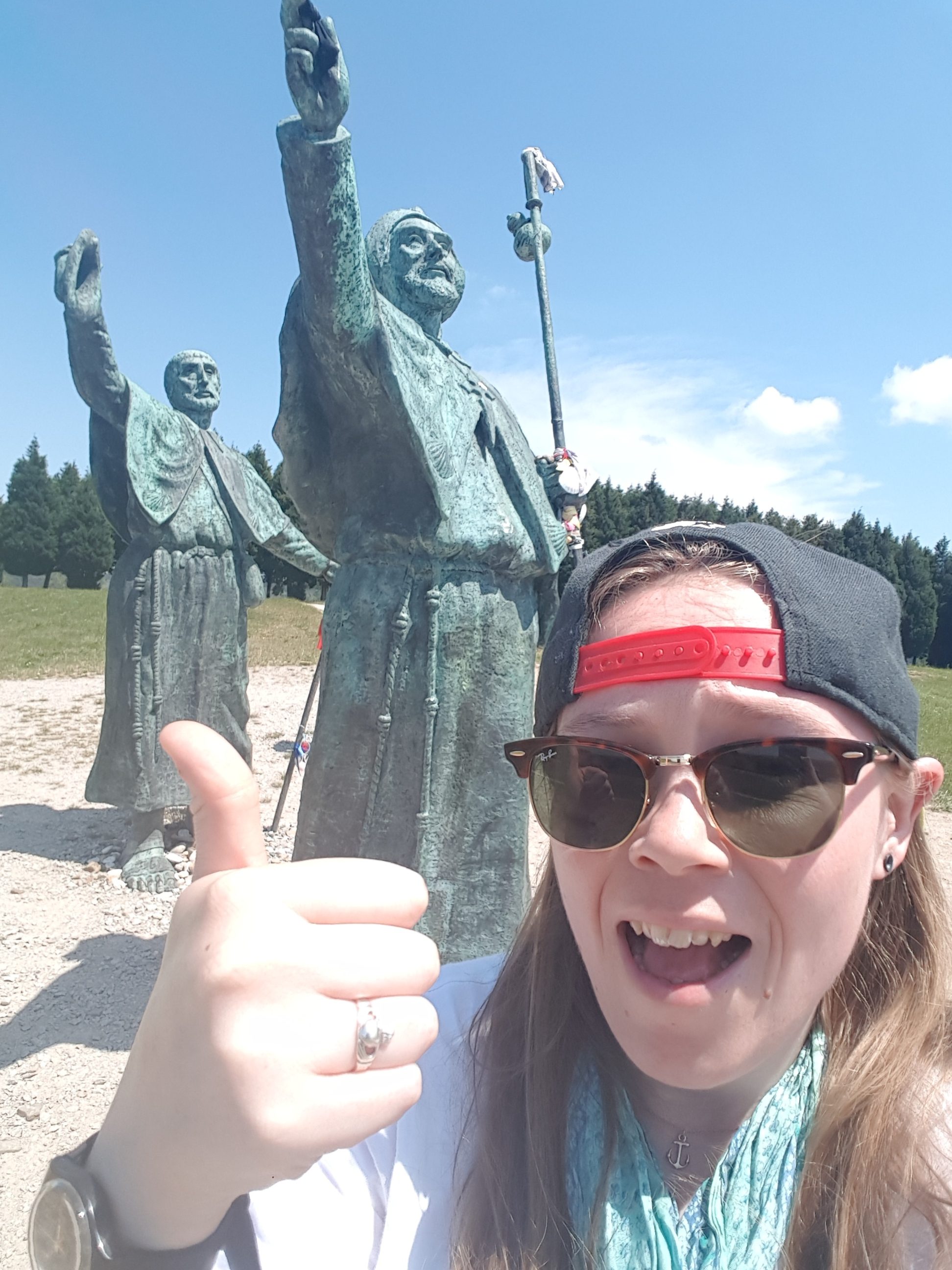
there are nine major routes of the Camino de Santiago and many ways to travel them – walking and cycling is the most popular methods.
I was going through my late 20s and felt like I needed a ‘wild’ moment, an lá Cheryl Strayed in her bestseller. I wanted to clean my slate and reconnect with myself like many pilgrims had done before me. I wanted a challenge, to get out of my comfort zone and to take a break from the stressful clutter of modern living.
Even though I’m not much of a hiker, I was confident that I could give up some creature comforts for a week. As it turns out, I didn’t need to! I had a cosy double bed in a private room, a traditional, home-cooked Spanish meal and a glass of local vino waiting for me at the end of each long walking day. Knowing what was waiting for me at the next stop was a great motivation to keep going.
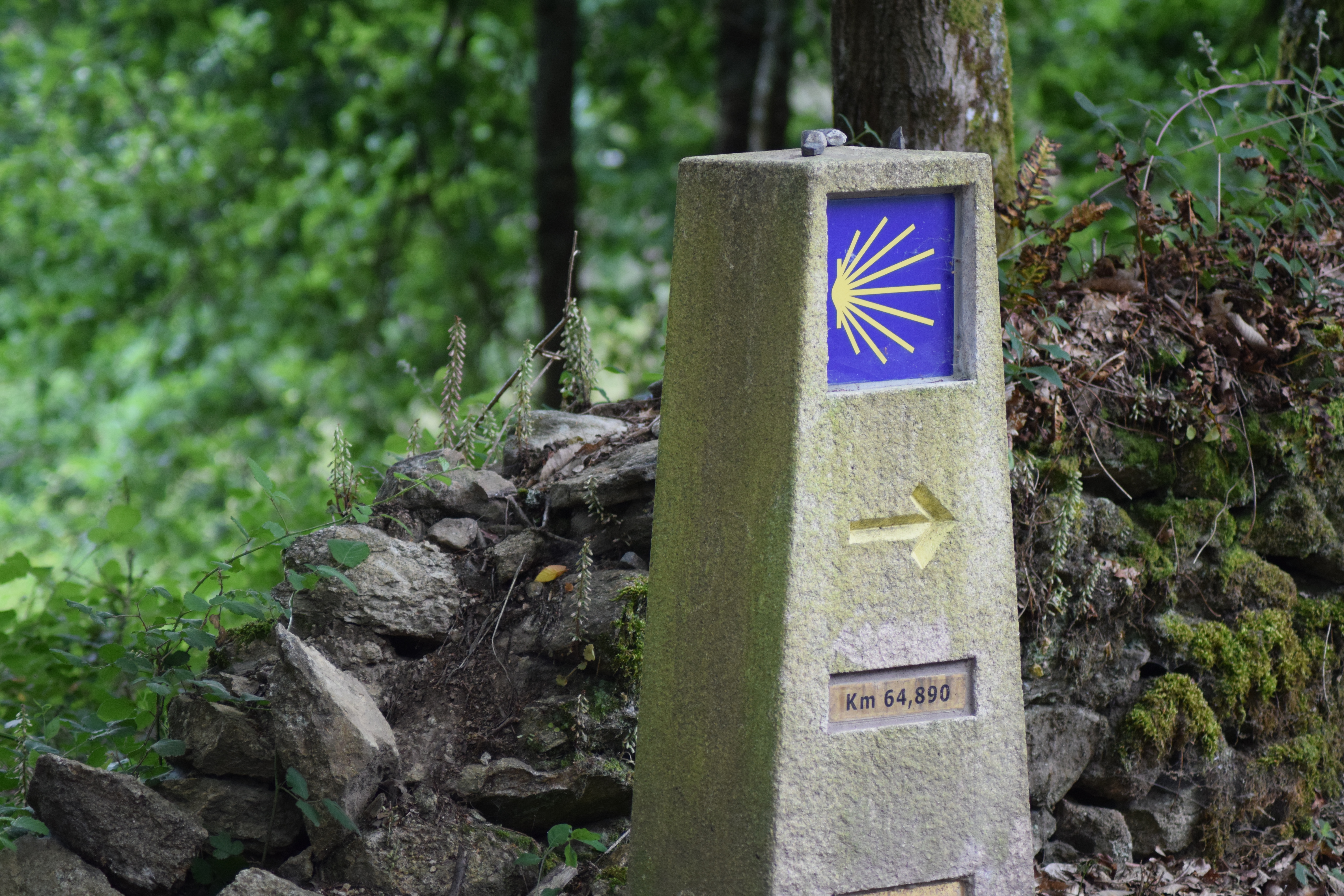
Each route is equally as stunning as the last and all but untouched over the centuries.
I started in Sarria, a small provincial town 117km outside the city of Santiago de Compostela on the Camino Frances. This has become the most popular starting point, as 100km is the minimum distance you have to walk to receive your certificate of completion. I walked between 15 and 25km per day at my own pace, collecting stamps from cafés and hostels in my Pilgrim Passport along the way to prove I had travelled the distance.
Traditionally, the full length of the Camino de Santiago stretches from St Jean Pied de Port in France to the city medieval city of Santiago de Compostela in northwestern Spain. Nowadays, there are nine major routes of the Camino de Santiago and many ways to travel them – walking and cycling is the most popular methods. Some people choose to go the rustic route and sleep in hostels, tents and even barns. Others opt for luggage transfer services and private rooms in hotels. All routes are well marked, you just have to put your trust in the yellow arrows. Getting lost is impossible.
Some routes, like the Camino Frances, have hilly landscapes and vibrant greenery, while the likes of the Camino Portugues hug the rugged Atlantic coastline. Each route is equally as stunning as the last and all but untouched over the centuries. Tiny, beautifully preserved medieval churches are a common sight, as well as sunflower fields, babbling brooks and ancient pilgrim monuments.
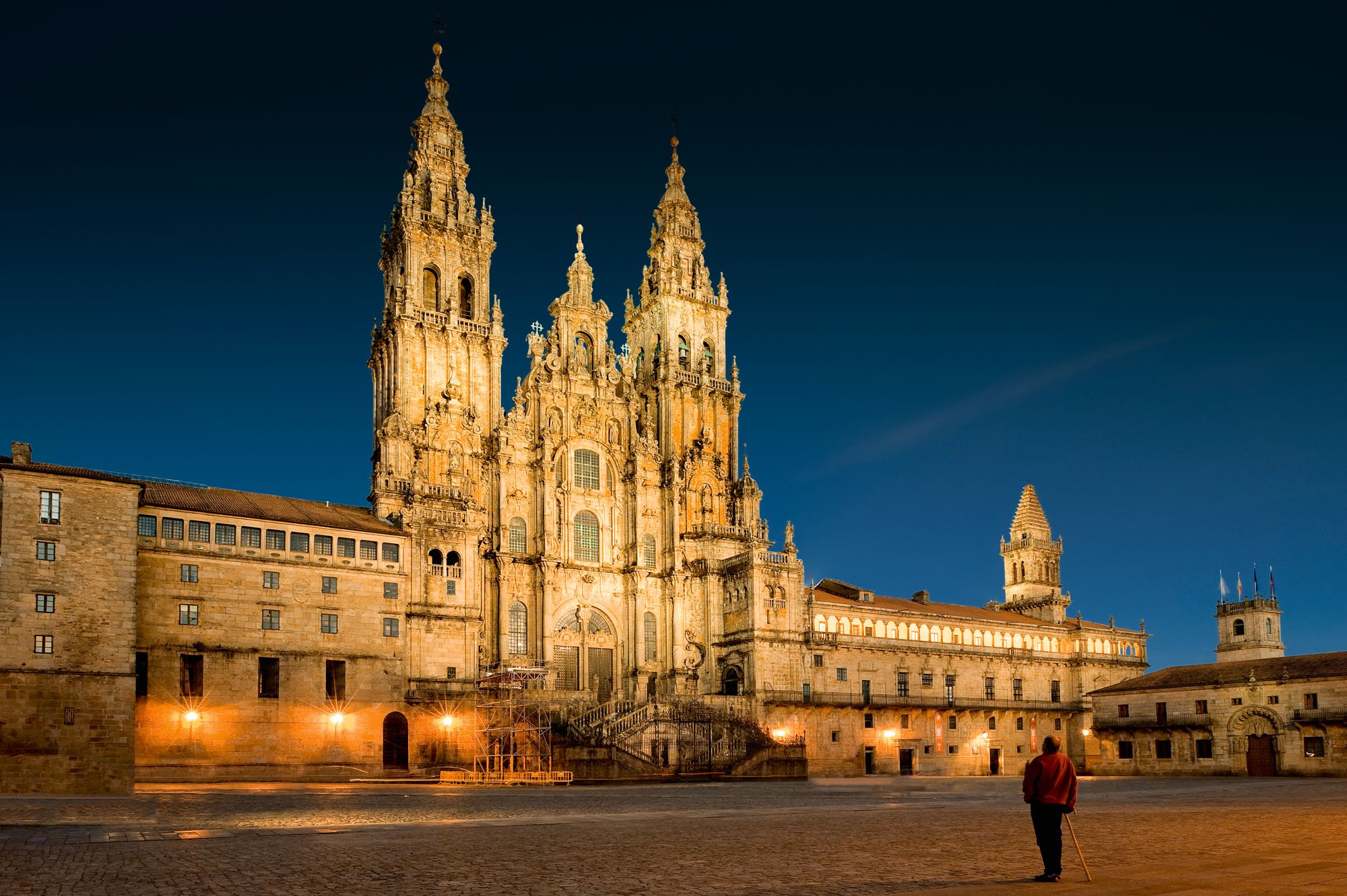
When I started walking one week ago, doing the Camino de Santiago seemed like an insurmountable feat. By the time I reach the steps of the Cathedral, I’m already daydreaming about my next Camino.
For me, the highlight was meeting different pilgrims from all walks of life, all sharing a common goal. Although I revelled in the solitude at times, it was making connections with people that I found the most enriching. Pilgrims and locals alike are so willing to help in any way, whether it be punnets of freshly picked strawberries left by a farmer on the trail to refresh walkers, or someone giving you their last competed plaster at a rest stop – love and support is on every corner.
After 110km of walking, I finally see the first glimpse of my destination from Monte do Gozo (a landmark which aptly translates to ‘Hill of Joy’), which overlooks the city. The three spires of the Cathedral stand out prominently from the modern skyline with an iconic statue of ancient pilgrims pointing off into the distance.
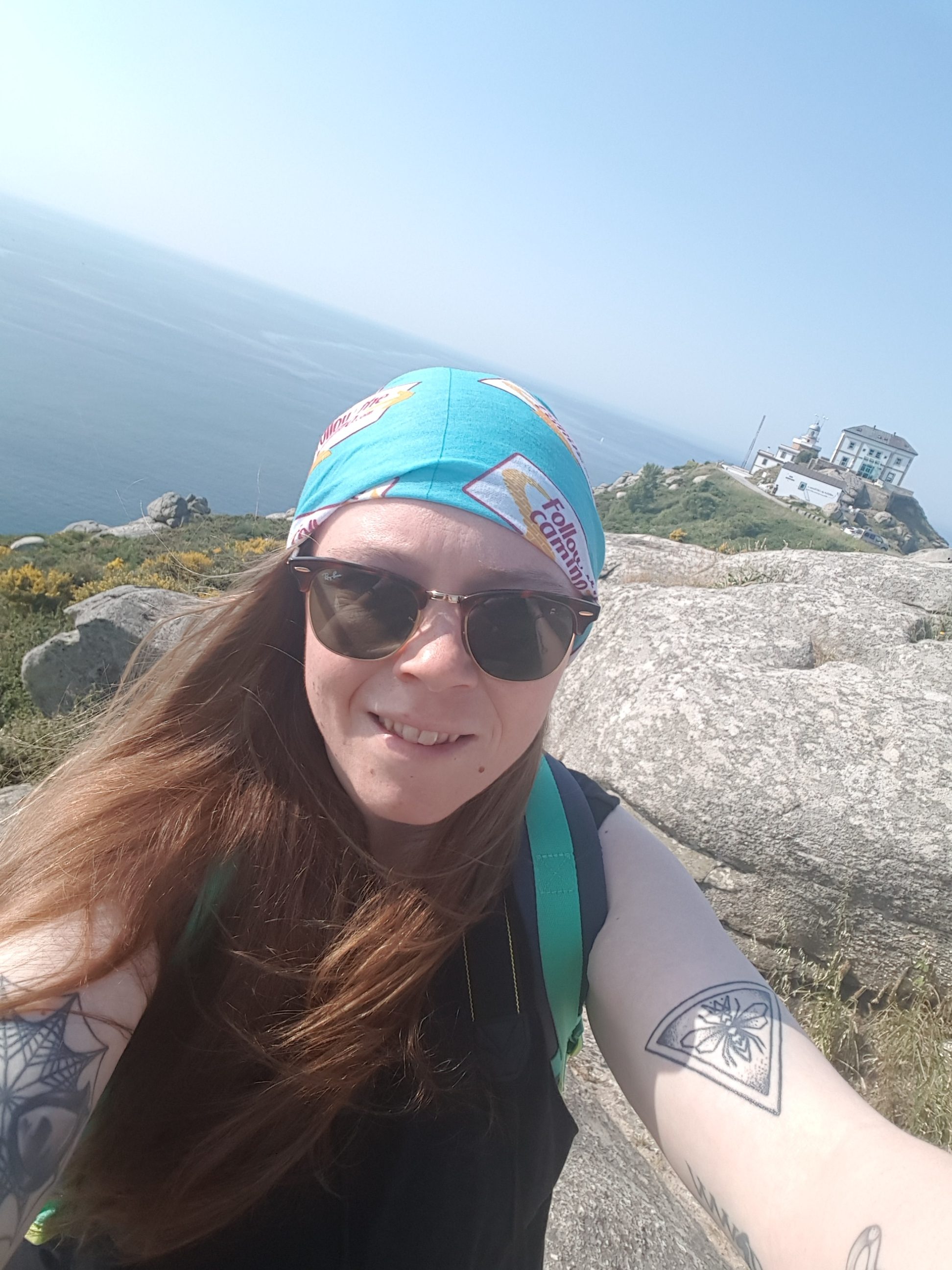
When I started walking one week ago, doing the Camino de Santiago seemed like an insurmountable feat. By the time I reach the steps of the Cathedral, I’m already daydreaming about my next Camino.
Want to tick the Camino de Santiago off your bucket list? Take the first step and call Follow The Camino. Packages include accommodation, meals, and luggage transfers. Visit FollowTheCamino.com or call (01) 687 2144
© 2018 GCN (Gay Community News). All rights reserved.
This post is sponsored by Follow The Camino
Support GCN
GCN is a free, vital resource for Ireland’s LGBTQ+ community since 1988.
GCN is a trading name of National LGBT Federation CLG, a registered charity - Charity Number: 20034580.
GCN relies on the generous support of the community and allies to sustain the crucial work that we do. Producing GCN is costly, and, in an industry which has been hugely impacted by rising costs, we need your support to help sustain and grow this vital resource.
Supporting GCN for as little as €1.99 per month will help us continue our work as Ireland’s free, independent LGBTQ+ media.
